Penstemon species are commonly called beardtongue because of an interesting adaptation to attract pollinators. "One of the five stamens is sterile and does not produce pollen. It is often modified into a hairy or bearded tongue and probably attracts insects," as noted in the field guide Wildflowers of Iowa Woodlands by Sylvan Runkel and Alvin Bull. Penstemon grandiflorus is common on Loess Hills prairies in western Iowa but very infrequent elsewhere on dry, sandy prairies and stabilized sand dunes. Its purple flowers bloom from late May to mid-June.
0 Comments
One of the early-blooming flowers on Iowa's prairies is Nothocolais cuspidata, the prairie false dandelion. The yellow flower looks like the common non-native dandelion, but is generally larger. The leaves are long, narrow, and wavy. Nothocolais prefers dry slopes, and is relatively common in the Loess Hills (compared to other parts of Iowa), and more common in drier, western states. It typically blooms in April-May, and most plants have already gone to seed by now (late May). Check out these links to learn more about Nothocolais cuspidata:
Black walnut (Juglans nigra) is native to Iowa and found in all 99 counties. It occurs on a variety of sites, but is most common on bottomlands, stream terraces, and moist sheltered coves and slopes. It grows best on deep, rich, well drained soils. It usually has a full, well-formed trunk with no branches for quite some distance from the ground. The crown is oval to rounded and somewhat open. A typical black walnut reaches 50 to 75 feet, but it may reach maximum heights of 125 to 150 feet. The leaves are alternately arranged on the twig, compound with 1 to 23 leaflets, and ranging in size from 1 to 2 feet.
Common associates of black walnut vary as much as the sites but include oaks, basswood, maples, ashes, and Kentucky coffeetree. Walnut is considered a good invader species and often is one of the first species to become established in abandoned fields and pastures. Squirrels are especially fond of the nuts and aid in the establishment of walnut on these sites. Black walnut roots produce chemicals called juglones which are very toxic to certain other plants such as azaleas, rhododendrons, blueberries, peonies, and solanaceous crops (tomatoes, peppers, potatoes). Most of the toxicity is limited to within the drip line of the tree, but the area of toxicity typically increases outward as the tree matures. sources: Iowa State University Extension and Outreach, Dickinson County Conservation
Ground plum is found on dry to gravelly prairies and Loess Hills prairies. The fruit dries out by midsummer, so find it before to eat raw, cooked, or pickled; ground plum begins fruiting in late May. The raw fruit might not be appetizing to most, but if cooked it tastes like green beans. Make sure you identify the plant correctly, as there are species that look similar but are completely toxic. The pinkish purple flowers begin showing from early to late May.
Three "wild" roses native to Iowa can be considered the state flower: Rosa arkansana, Rosa blanda, and Rosa carolina. The individual species are difficult to tell apart because they are very similar in appearance and they hybridize easily and naturally. Rosa arkansana is a small shrub that is common on upland prairies, sandy prairies, roadsides, and in other open places. It grows up to 3 feet tall and blooms in June with masses of pink to dark pink, fragrant blossoms. The small, red, apple-shaped hips appear in late summer. It is said that three rose hips from wild rose contain as much vitamin C as one orange. Meskwaki and Menomini Indians boiled the hips to make a syrup for various food uses. Indians and pioneers ate the hips, flowers, and leaves when other food was scarce. The hips of wild roses are considered an important food source for wildlife. Rosa blanda is similar to Rosa arkansana but the dark red stems are mostly smooth with few prickles. The leaves usually have fewer leaflets (5-7) and have few hairs on the leaflets.
If you'd like to see these little flowers with blue, purple, and sometimes nearly white petals, head to Harrison, Monona, Woodbury, and Plymouth counties on the Loess Hills National Scenic Byway. Brent's Trail and the Pisgah unit of the Loess Hills State Forest are great places to find pasque flowers. Their range also includes Shelby County on the Western Skies Scenic Byway and all counties on the Glacial Trail Scenic Byway (O'Brien, Cherokee, Buena Vista, Clay). |
Archives
June 2024
Categories
All
|
Address712 South Highway Street
P.O. Box 189 Oakland, IA 51560 |
ContactPhone: 712-482-3029
General inquiries: [email protected] Visit our Staff Page for email addresses and office hours. |

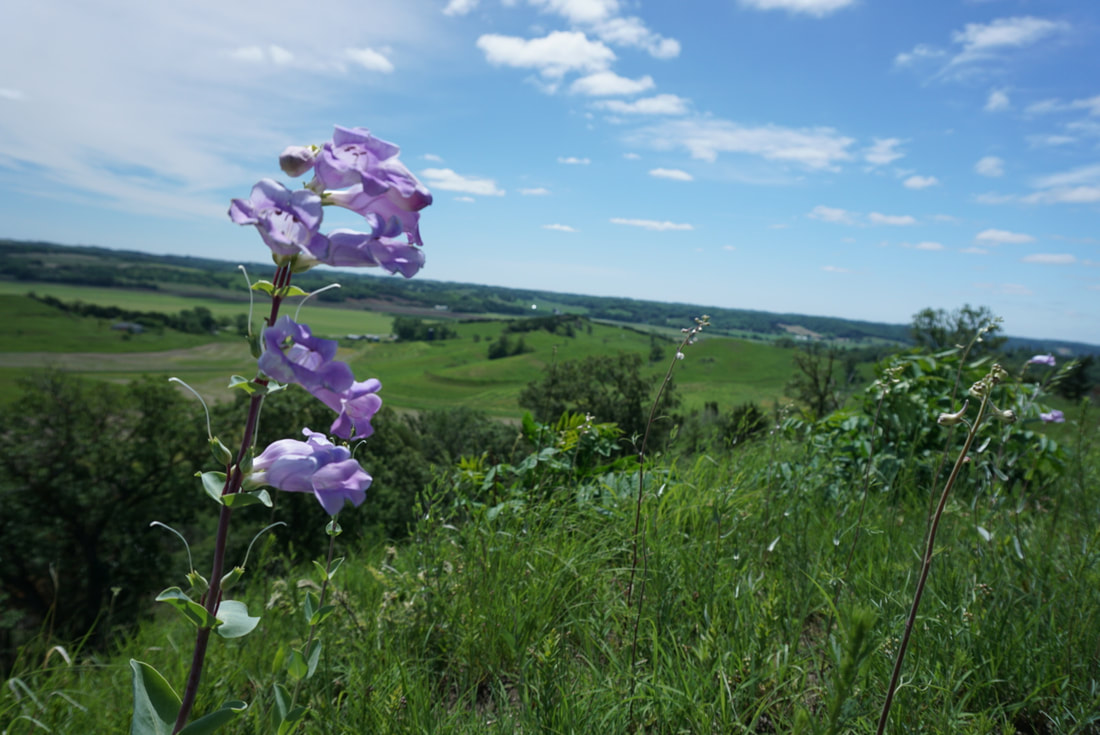
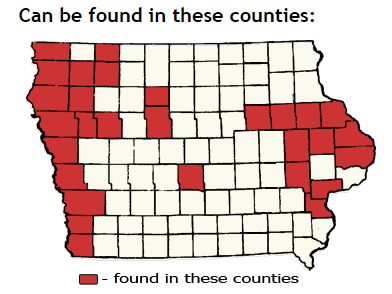
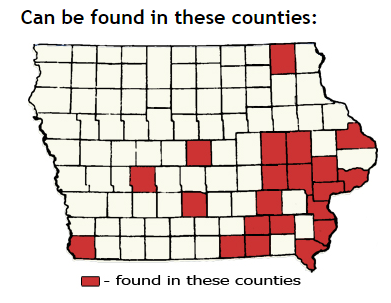
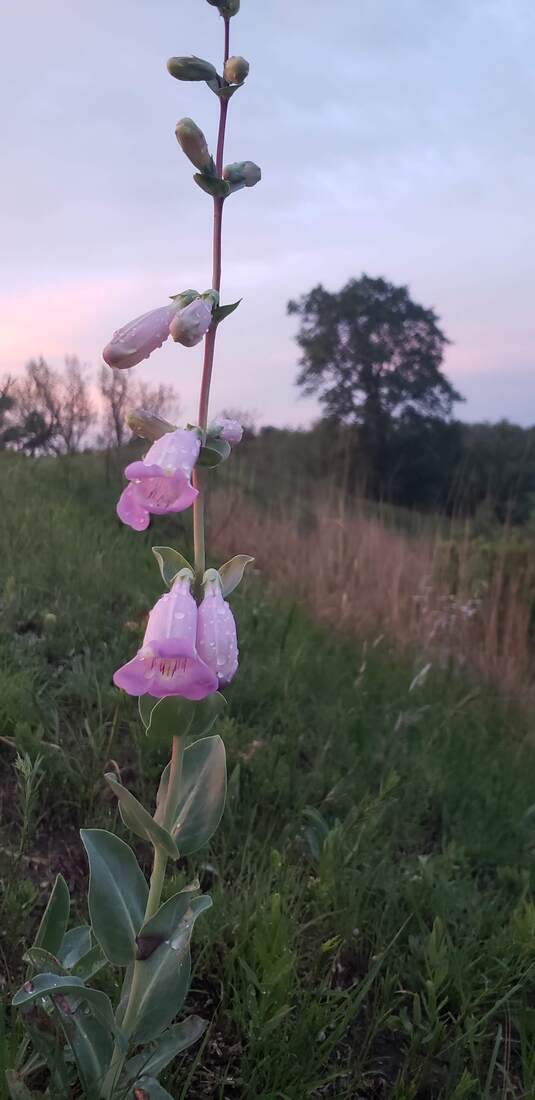
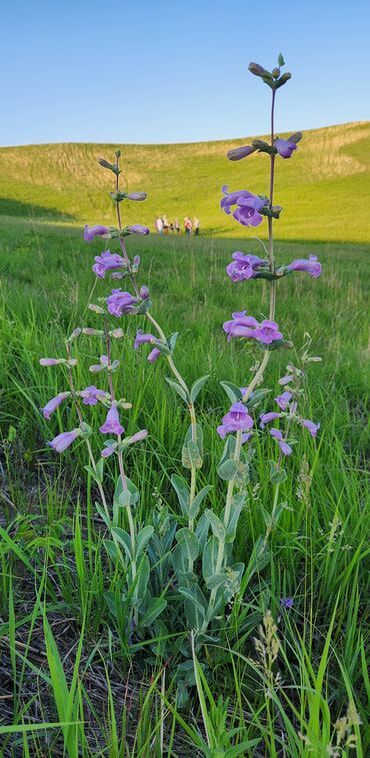
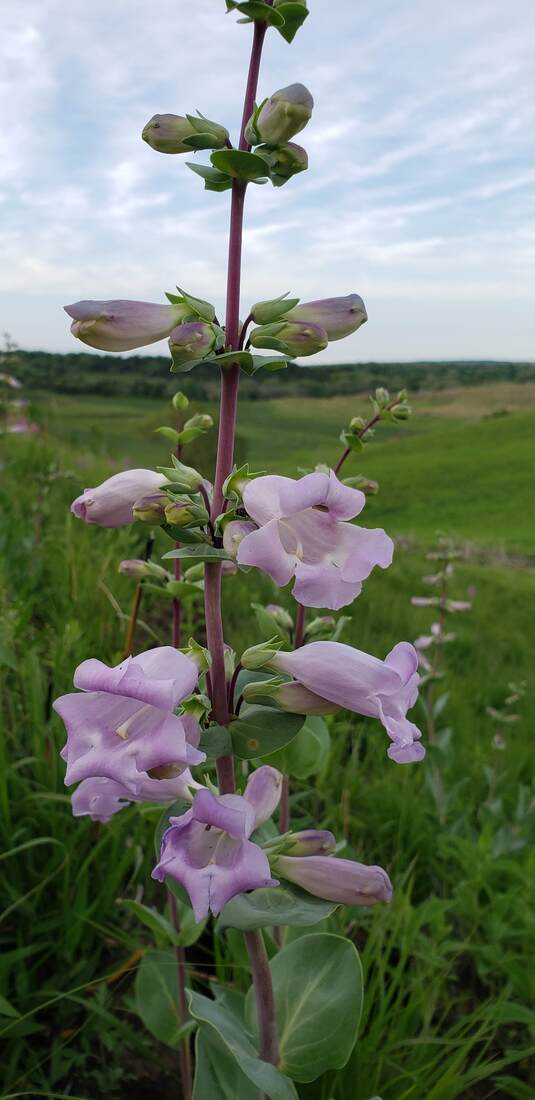
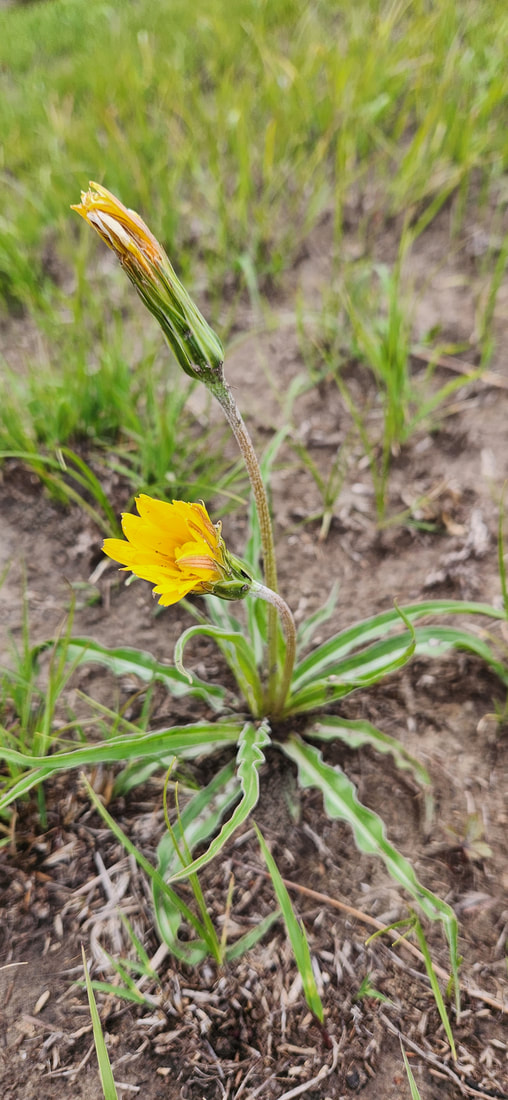
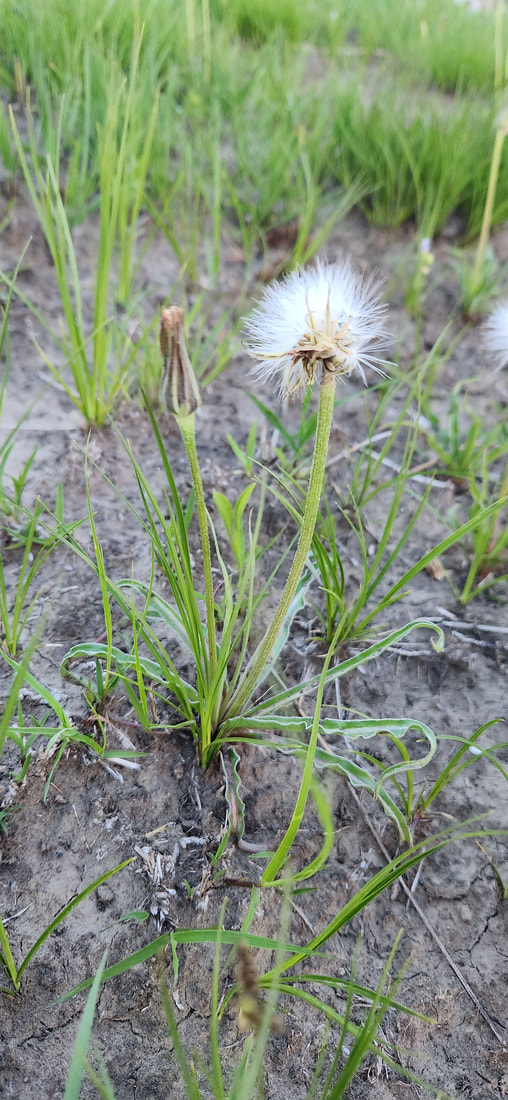
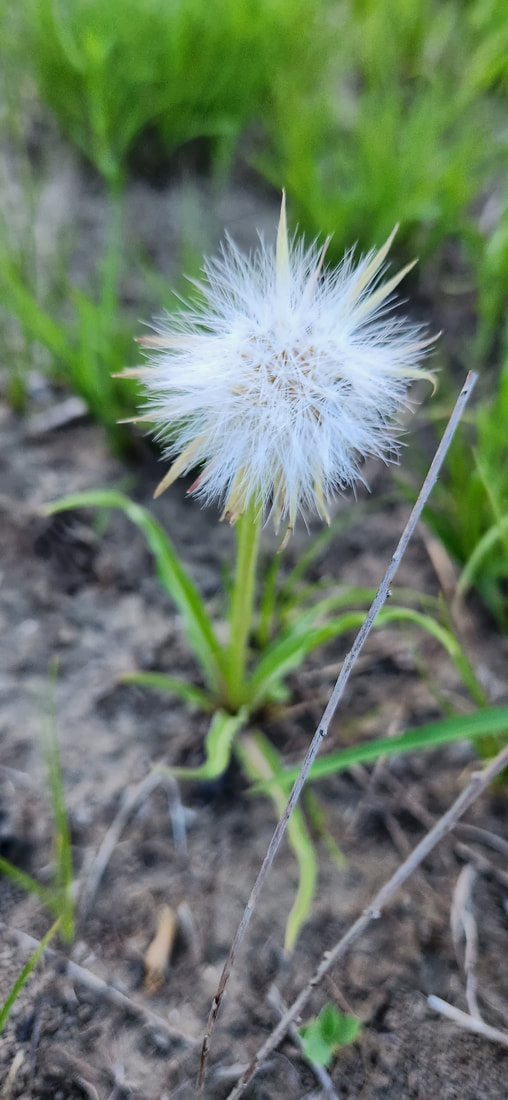
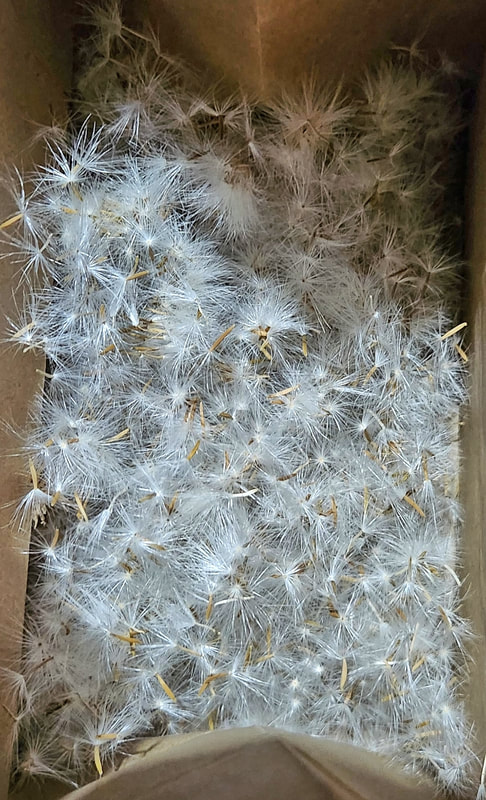
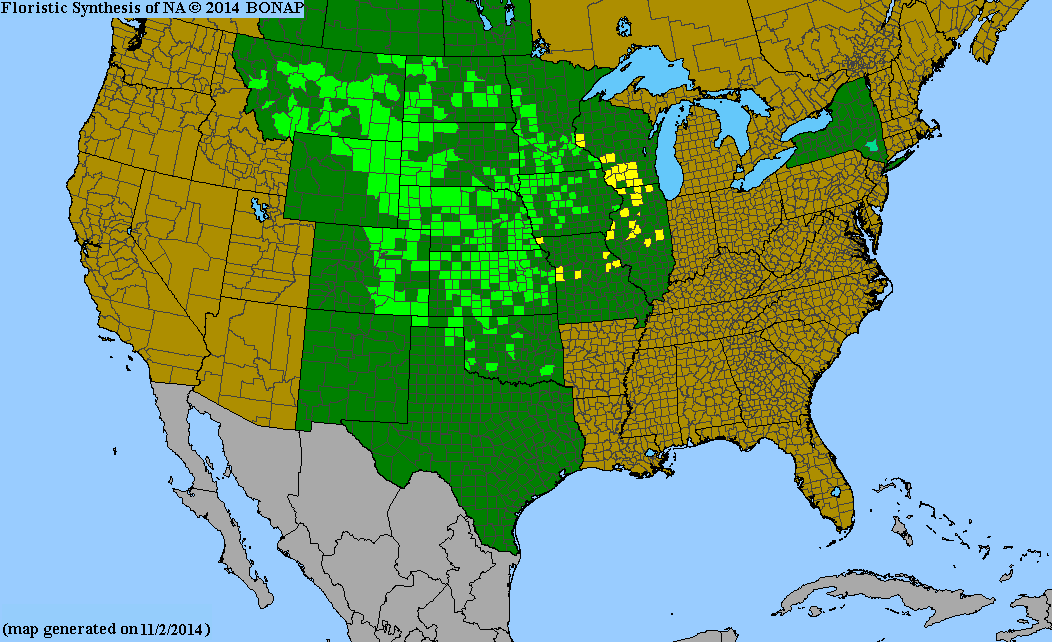
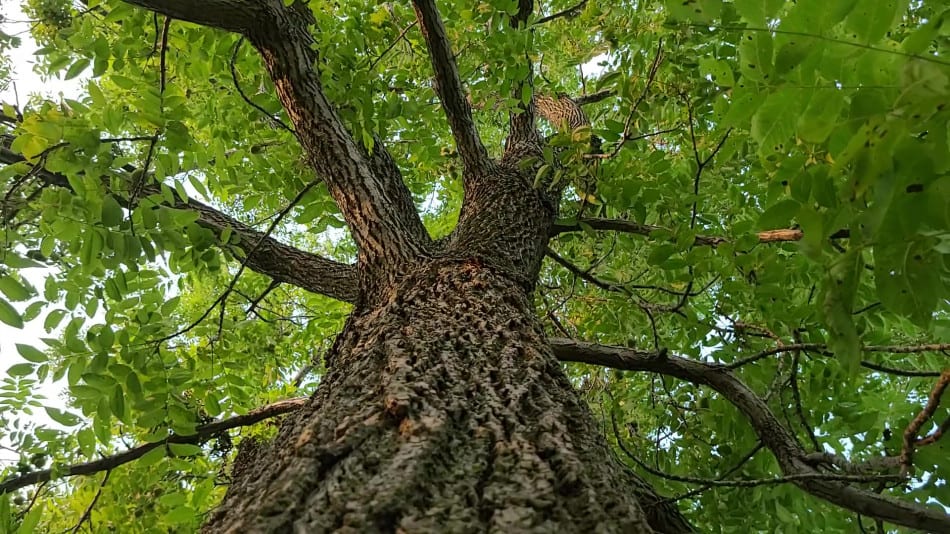
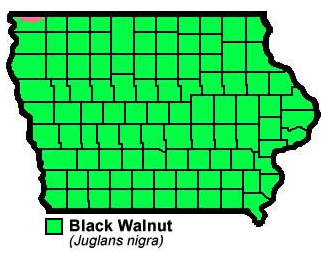
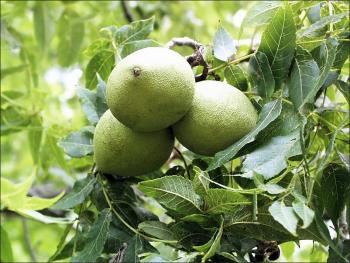
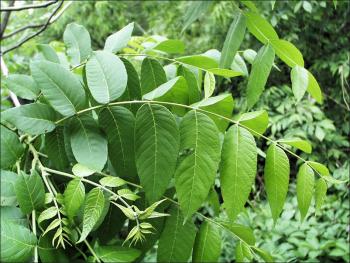
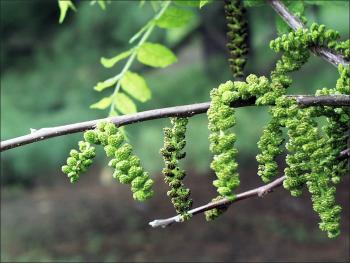
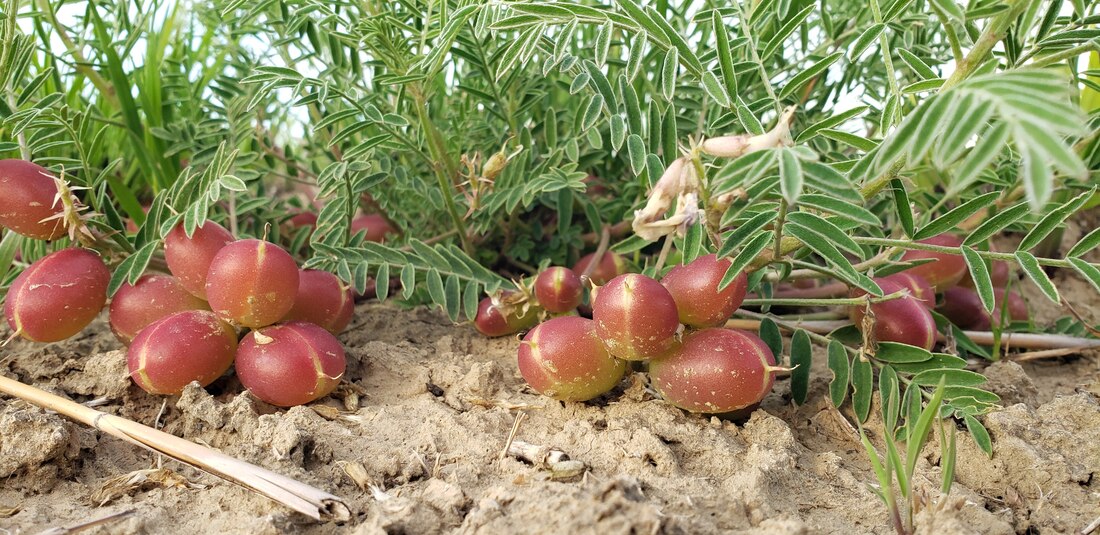
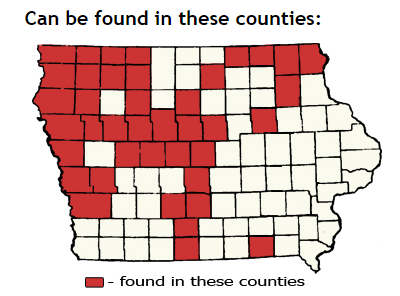

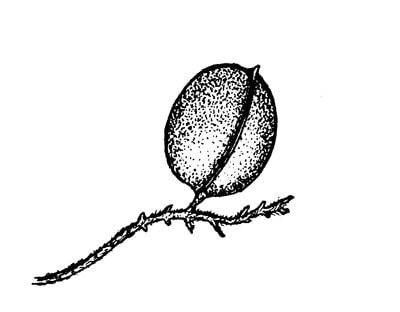

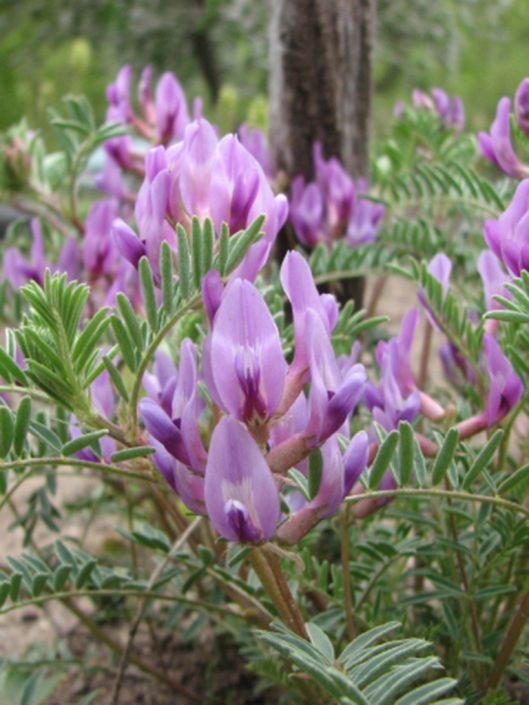
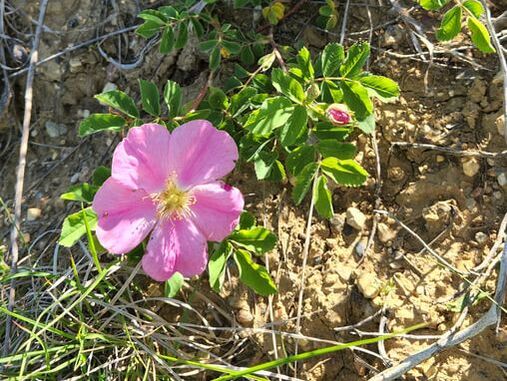
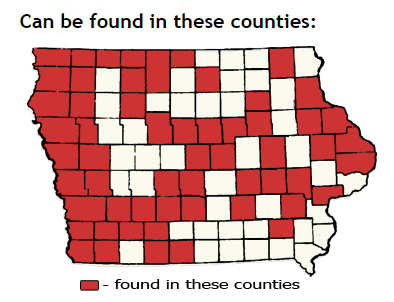
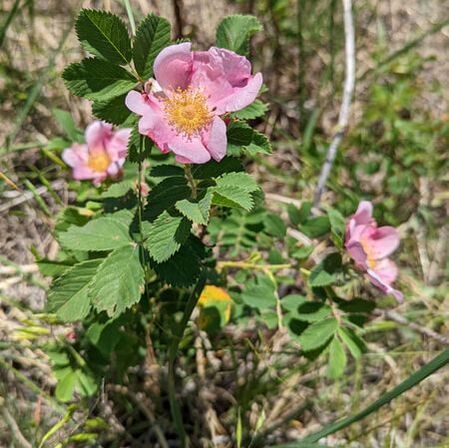
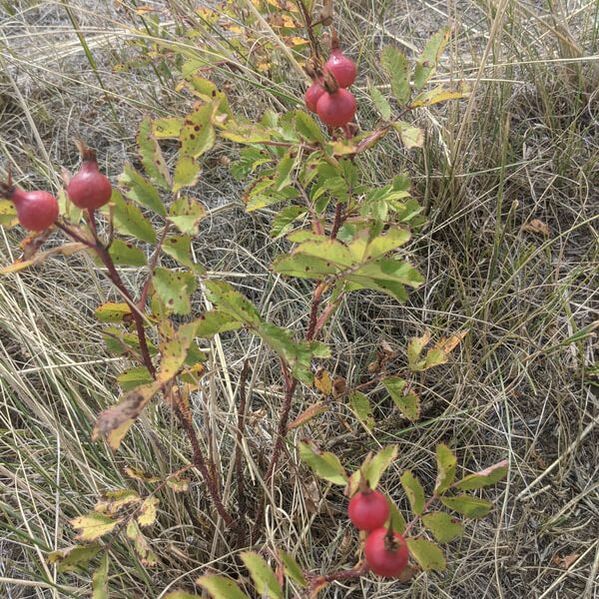
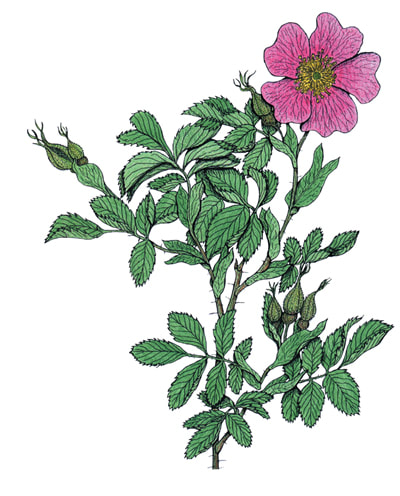
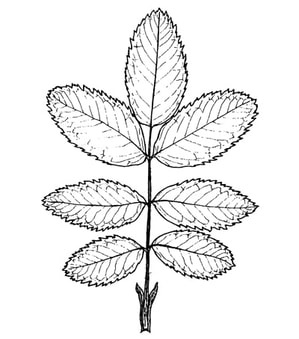
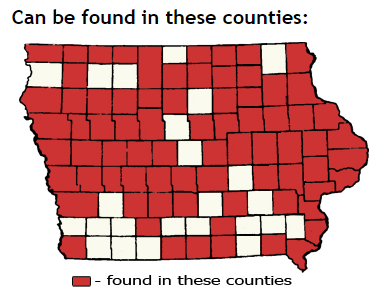
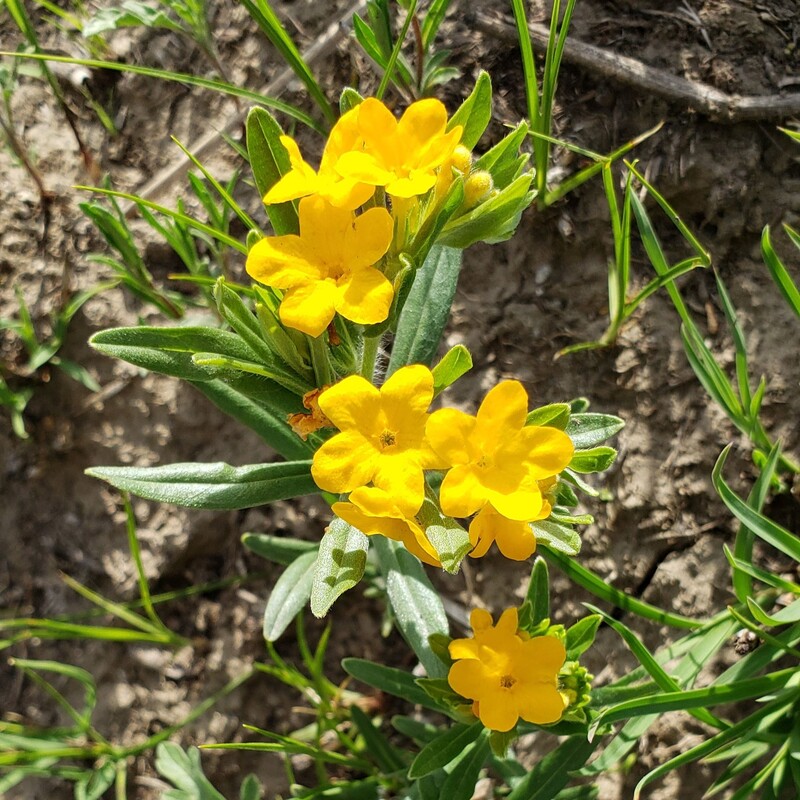
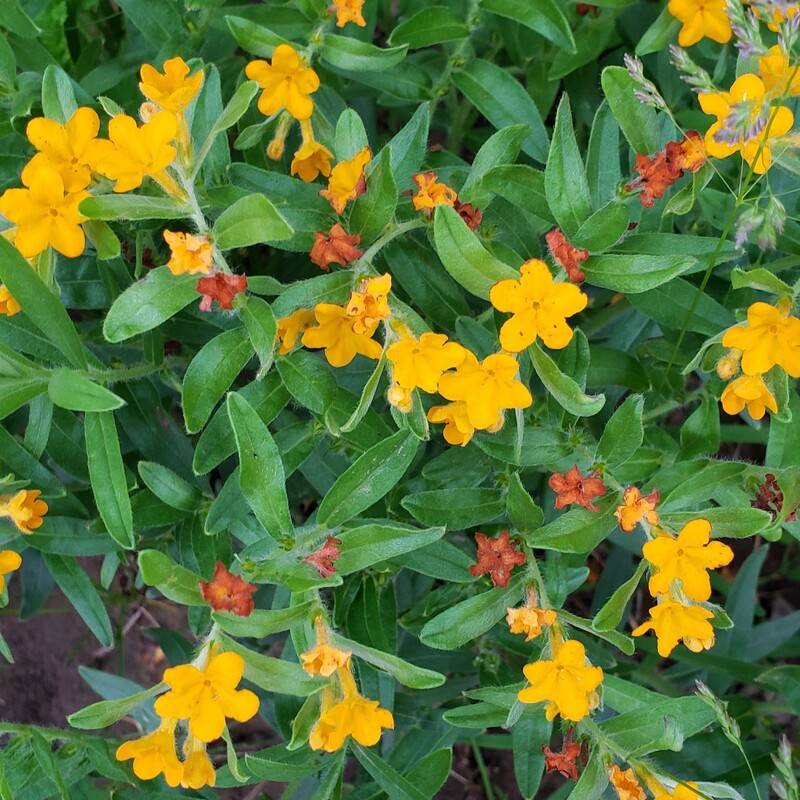
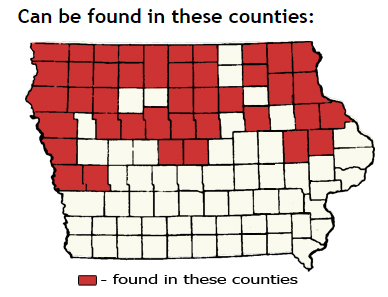


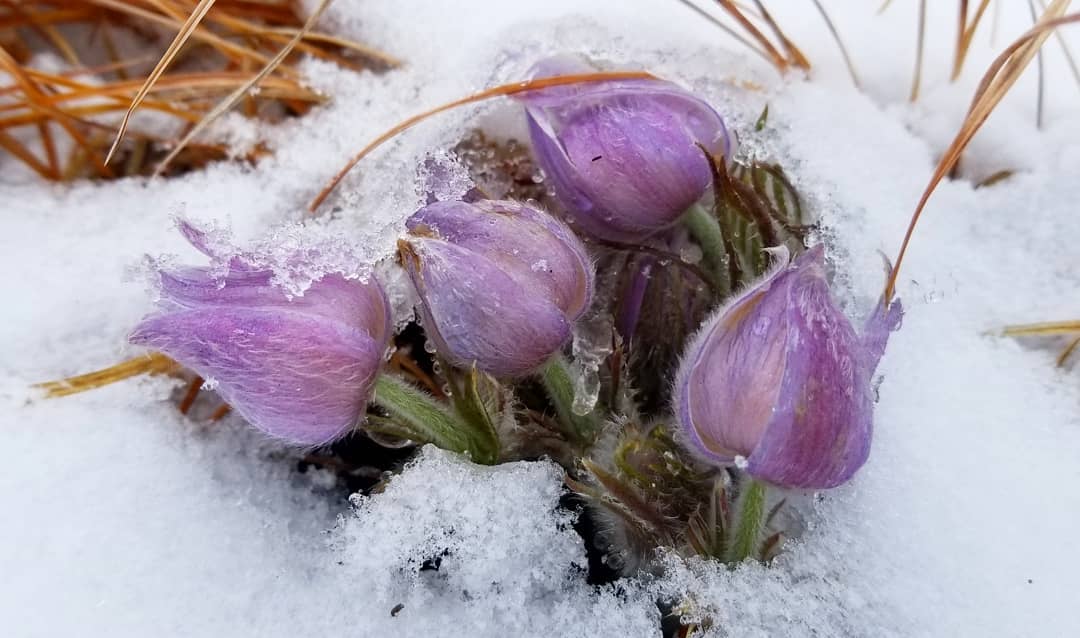
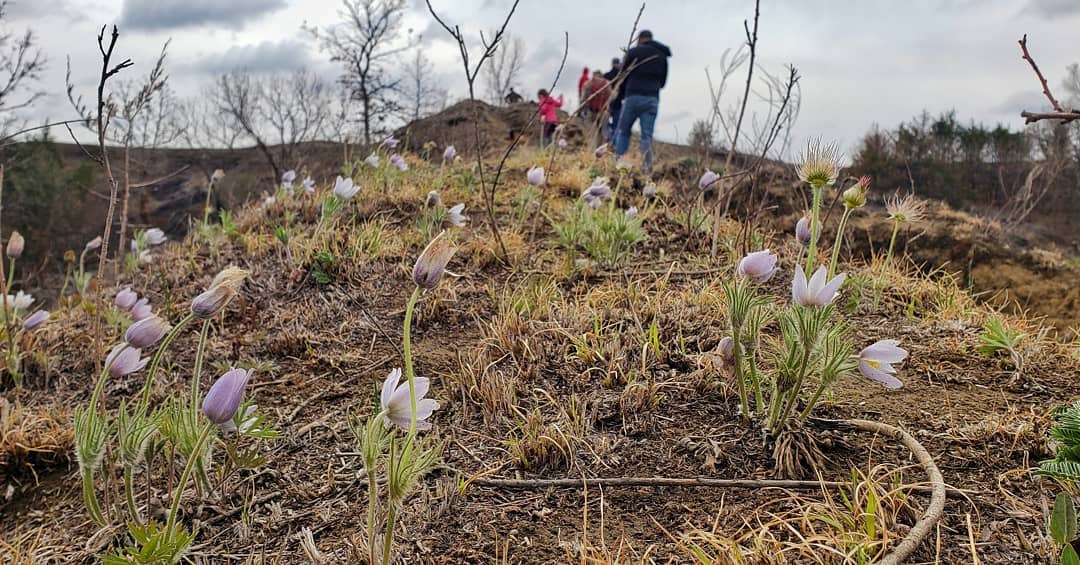
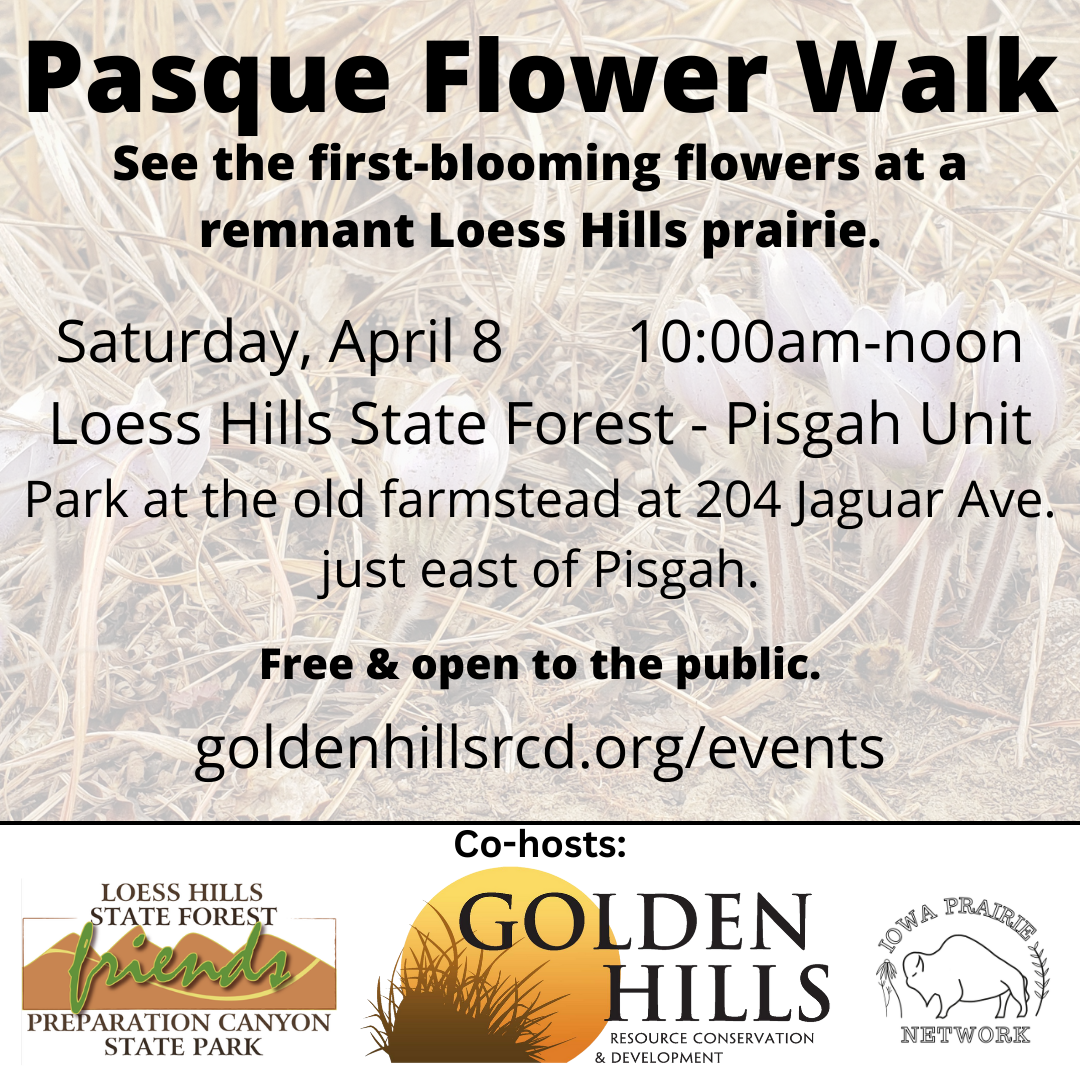
 RSS Feed
RSS Feed